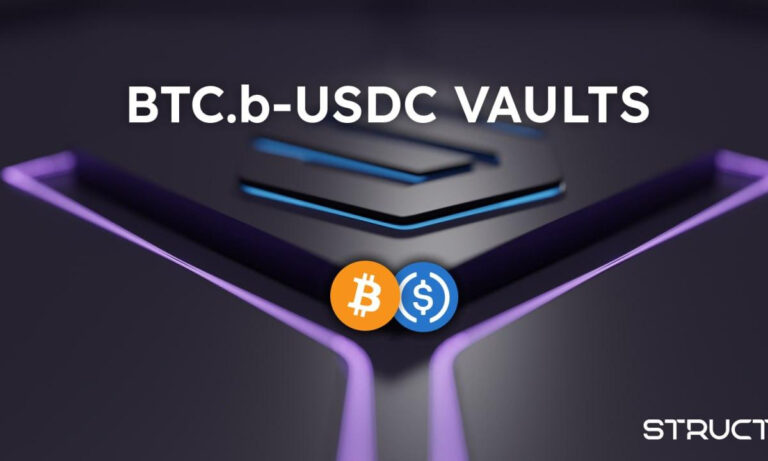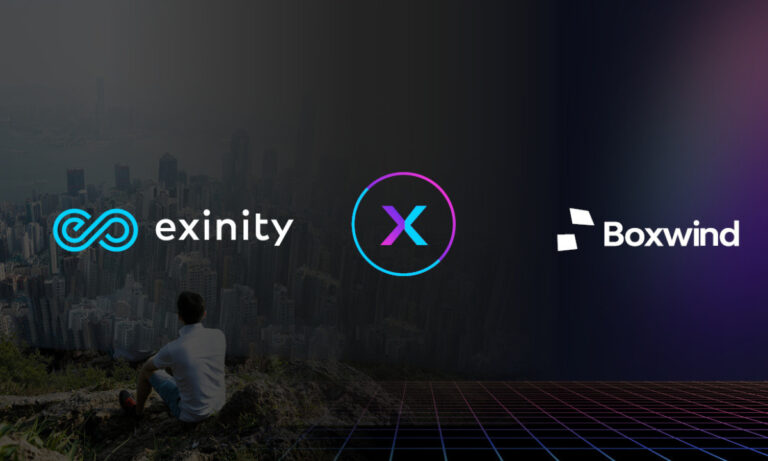ERC-20 Tokens 101: The Foundation of the Ethereum Ecosystem Explained

- ERC-20 tokens are a type of digital token that is built on the Ethereum blockchain.
- ERC-20 tokens are a versatile type of cryptocurrency token that has a range of applications in the blockchain ecosystem.
ERC-20 tokens are a type of digital token that is built on the Ethereum (ETH) blockchain. They follow a set of standards or guidelines called the ERC-20 standard, which defines a common list of functions and rules that any ERC-20 compliant token on the Ethereum network must adhere to.
ERC-20 tokens are fungible, meaning that each token is identical and interchangeable with any other token of the same type. This makes them useful for a wide variety of applications, including as a means of payment, an investment vehicle, and a way to access blockchain-based services.
Some of the key features of ERC-20 tokens include:
- They are compatible with Ethereum wallets and can be easily stored and transferred between different wallets and platforms.
- They can be traded on cryptocurrency exchanges, similar to other digital assets like Bitcoin and Ethereum.
- They are often used to raise funds through initial coin offerings (ICOs) or token sales.
- They can be programmed with smart contracts, which can enable a wide range of functions and use cases.
ERC-20 Standard Explained
As mentioned earlier, the ERC-20 standard is a set of rules and guidelines that define how a digital token should be designed and function on the Ethereum blockchain.
The term “ERC” is an acronym for Ethereum Request for Comment, which is a process used to propose and discuss changes to the Ethereum network.
The ERC-20 standard was first introduced in 2015 by Ethereum developer Fabian Vogelsteller, and it has since become the most widely-used standard for creating digital tokens on the Ethereum blockchain.
The ERC-20 standard defines a common set of functions and variables that must be implemented by any token that is compliant with the standard. These include:
- totalSupply() – a function that returns the total supply of tokens that have been created.
- balanceOf(address _owner) – a function that returns the balance of tokens held by a specific address.
- transfer(address _to, uint256 _value) – a function that transfers a specified amount of tokens from the sender’s account to a designated recipient’s account.
- approve(address _spender, uint256 _value) – a function that allows a designated address to spend a specified amount of tokens on behalf of the sender.
- transferFrom(address _from, address _to, uint256 _value) – a function that allows a designated address to transfer a specified amount of tokens from another address’s account.
By implementing these functions and variables, ERC-20 compliant tokens can be easily traded, exchanged, and transferred between different wallets and platforms that support the standard. This has helped to create a more interoperable and accessible ecosystem for digital tokens on the Ethereum blockchain.
What are ERC-20 tokens used for
ERC-20 tokens can be used for a variety of purposes, including:
- As a means of payment: Some merchants and service providers accept ERC-20 tokens as a form of payment, similar to traditional currency.
- As an investment: Many ERC-20 tokens are traded on cryptocurrency exchanges, and some investors buy and hold them as a speculative investment.
- To access blockchain-based services: Some decentralized applications (dApps) and blockchain-based services require users to hold a certain amount of an ERC-20 token to access their services or to participate in their governance.
- To raise funds: Many blockchain-based startups use ERC-20 tokens as a way to raise funds through initial coin offerings (ICOs) or token sales.
ERC-20 tokens are a versatile and widely-used type of cryptocurrency token that has a range of applications in the blockchain ecosystem.
Some Examples of ERC-20 tokens include
- Binance Coin (BNB) – the native token of the Binance exchange and used to pay for fees on the platform.
- Chainlink (LINK) – a decentralized oracle network that connects smart contracts to real-world data.
- Uniswap (UNI) – the governance token of the Uniswap decentralized exchange.
- Aave (AAVE) – a decentralized lending platform that allows users to lend and borrow digital assets.
- Compound (COMP) – a decentralized lending platform that allows users to earn interest on their digital assets.
- Wrapped Bitcoin (WBTC) – an ERC-20 token that is backed by Bitcoin and allows it to be used on the Ethereum blockchain.
Conclusion
In conclusion, ERC-20 tokens have emerged as a major force in the world of cryptocurrencies, offering a standardized way to create new digital assets on the Ethereum blockchain.
These tokens have several advantages, including lower transaction fees, faster transaction times, and greater interoperability with other Ethereum-based projects. They also help boost Ethereum’s price and adoption by increasing demand for the platform and creating new use cases for decentralized applications.
As the blockchain industry continues to evolve, ERC-20 tokens are poised to play an increasingly important role in the future of decentralized finance, online gaming, and other sectors that can benefit from blockchain technology.











+ There are no comments
Add yours